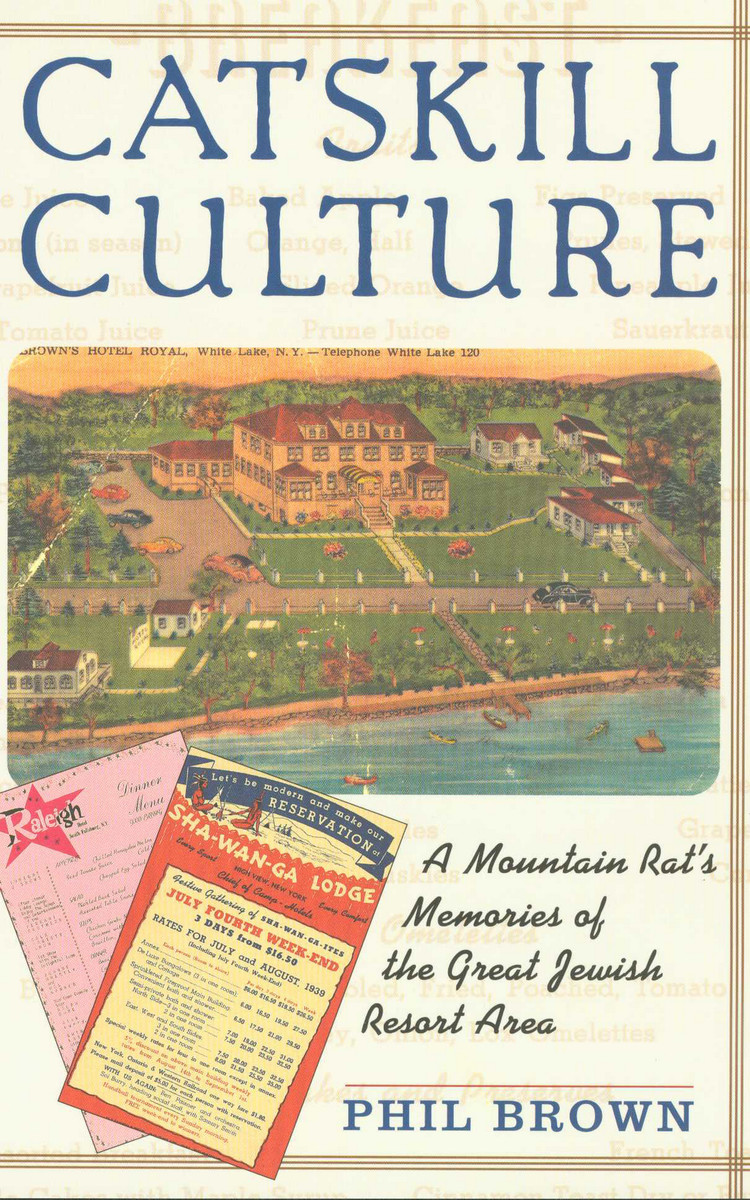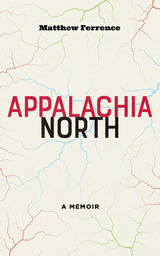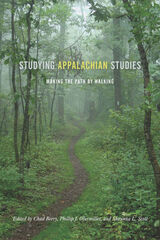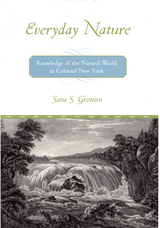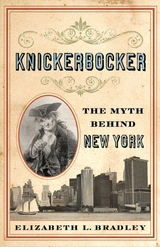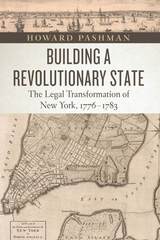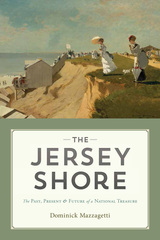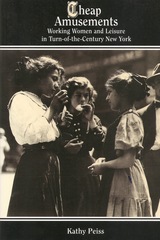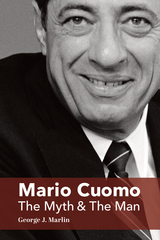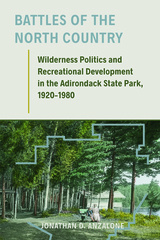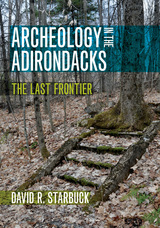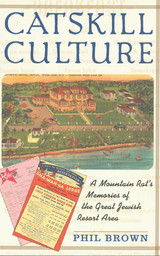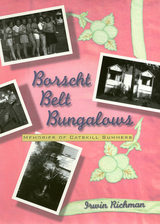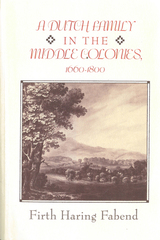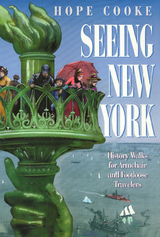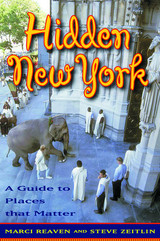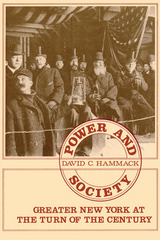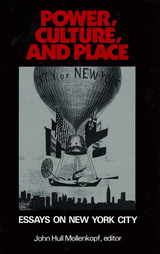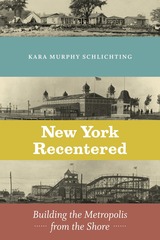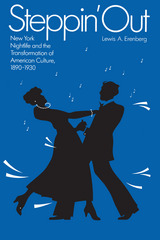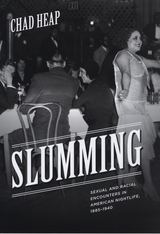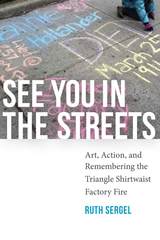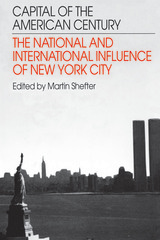Catskill Culture: A Mountain Rat'S Memories Of
Temple University Press, 2003
eISBN: 978-1-4399-0644-6 | Paper: 978-1-59213-189-1 | Cloth: 978-1-56639-642-4
Library of Congress Classification F127.C3B76 1998
Dewey Decimal Classification 974.738004924
eISBN: 978-1-4399-0644-6 | Paper: 978-1-59213-189-1 | Cloth: 978-1-56639-642-4
Library of Congress Classification F127.C3B76 1998
Dewey Decimal Classification 974.738004924
ABOUT THIS BOOK | AUTHOR BIOGRAPHY | REVIEWS | TOC
ABOUT THIS BOOK
A century ago, New Yorkers, hungry for mountain air, good food, and a Jewish environment combined with an American way of leisure, began to develop a resort area unique in the world. By the 1950s, this summer Eden of bungalow colonies, summer camps, and over 900 hotels had attracted over a million people a year. This was the Jewish Catskills of Sullivan and Ulster Counties. Born to a small hotel-owning family who worked for decades in hotels after losing their own, Phil Brown tells a story of the many elements of this magical environment. His own waiter's tales, his mother's culinary exploits as a chef, and his father's jobs as maitre'd and coffee shop operator offer a backdrop to the vital life of Catskills summers. Catskill Culture recounts the life of guests, staff, resort owners,entertainers, and local residents through the author's memories and archival research and the memories of 120 others. The Catskills resorts shaped American Jewish culture, enabling Jews to become more American while at the same time introducing the American public to immigrant Jewish culture. Catskills entertainment provided the nation with a rich supply of comedians, musicians, and singers. Legions of young men and women used the Catskills as a springboard to successful careers and marriages. A decline for the resort area beginning in the 1970s has led to many changes. Today most of the hotels and bungalow colonies are gone or in ruins, while other communities, notably those of the Hasidim, have appeared. The author includes an appendix listing over 900 hotels he has been able to document and invites readers to contact him with additional entries.
See other books on: Catskill Mountains Region | Catskill Mountains Region (N.Y.) | Middle Atlantic (NJ, NY, PA) | Northeast | Recreation
See other titles from Temple University Press
